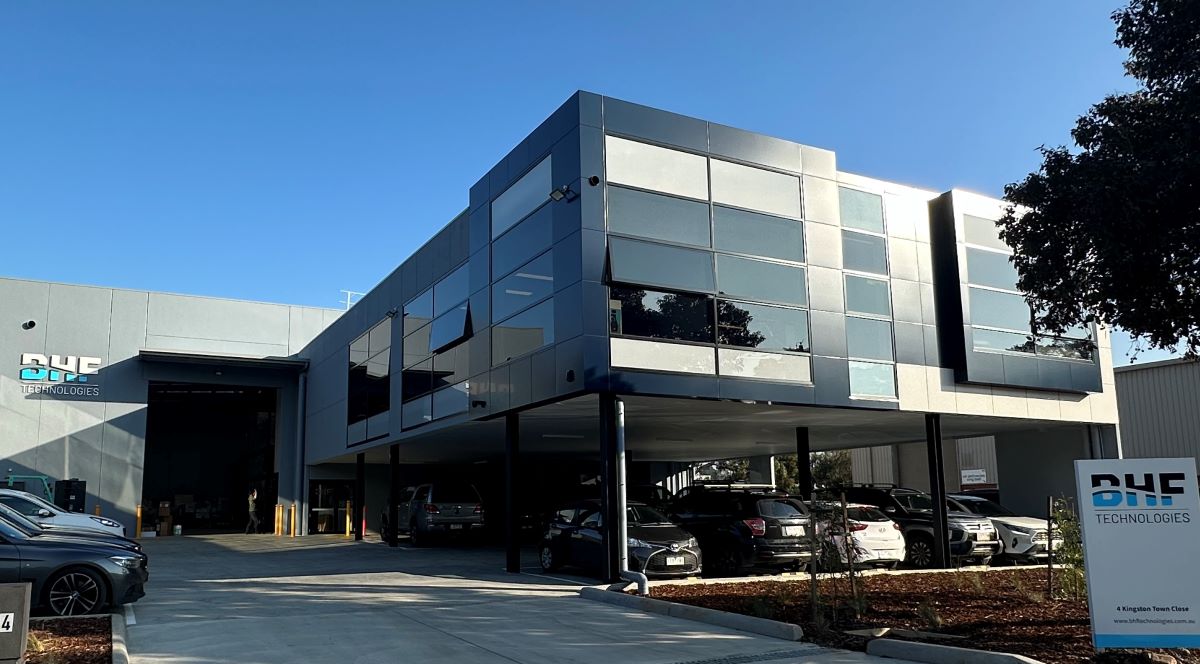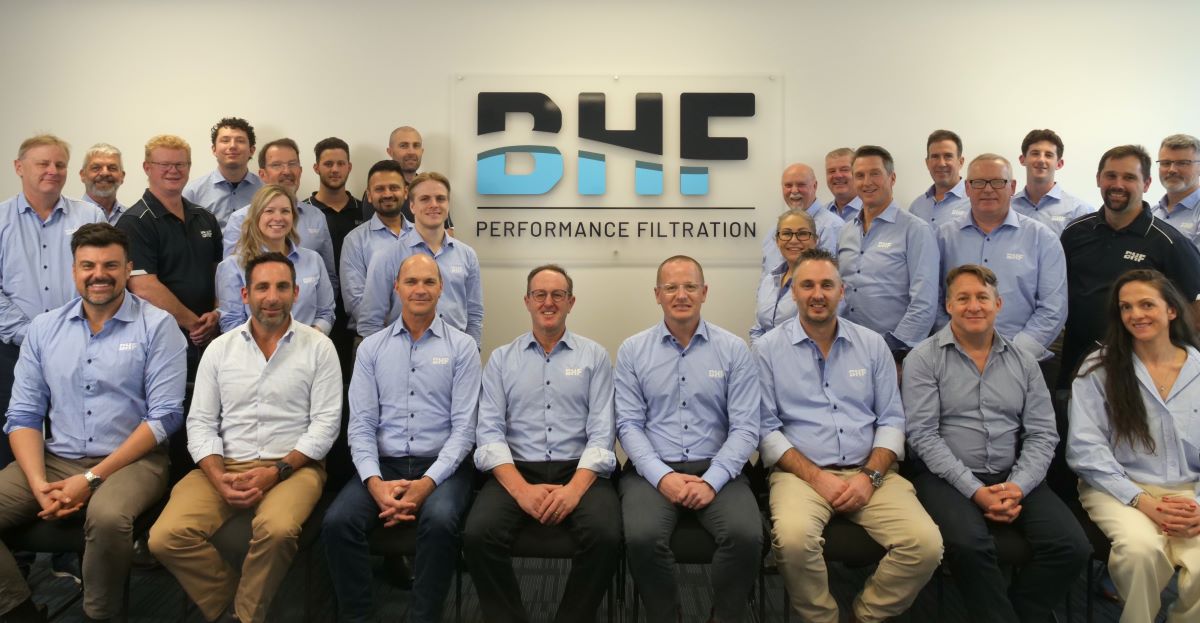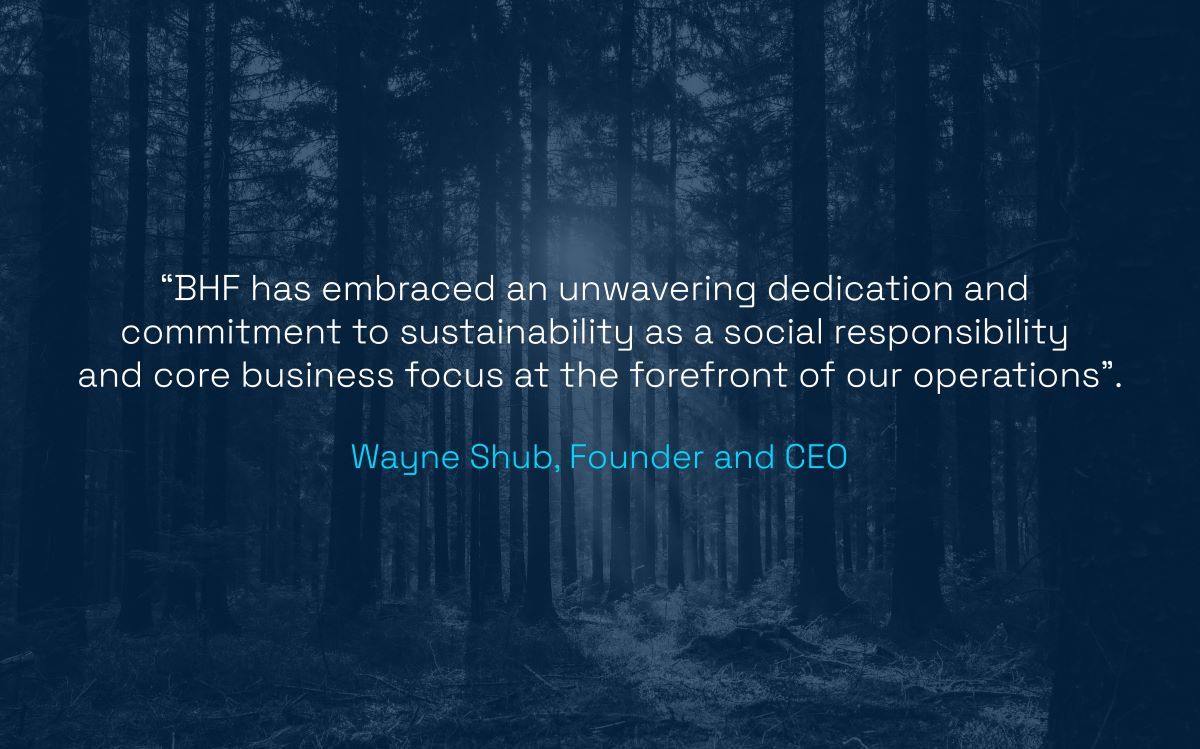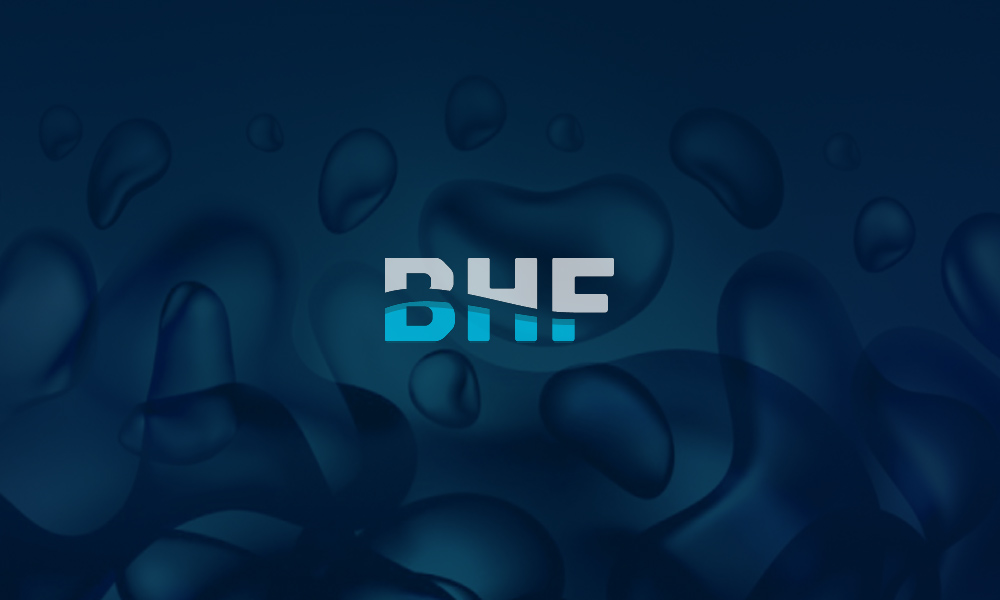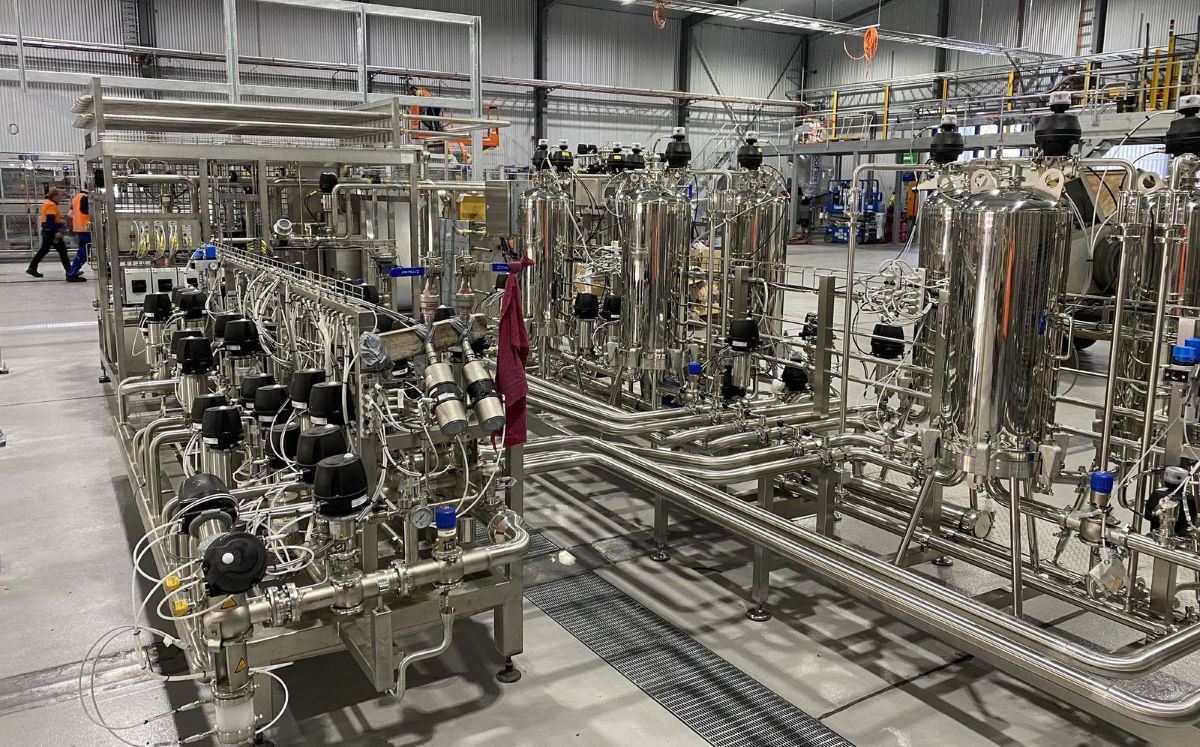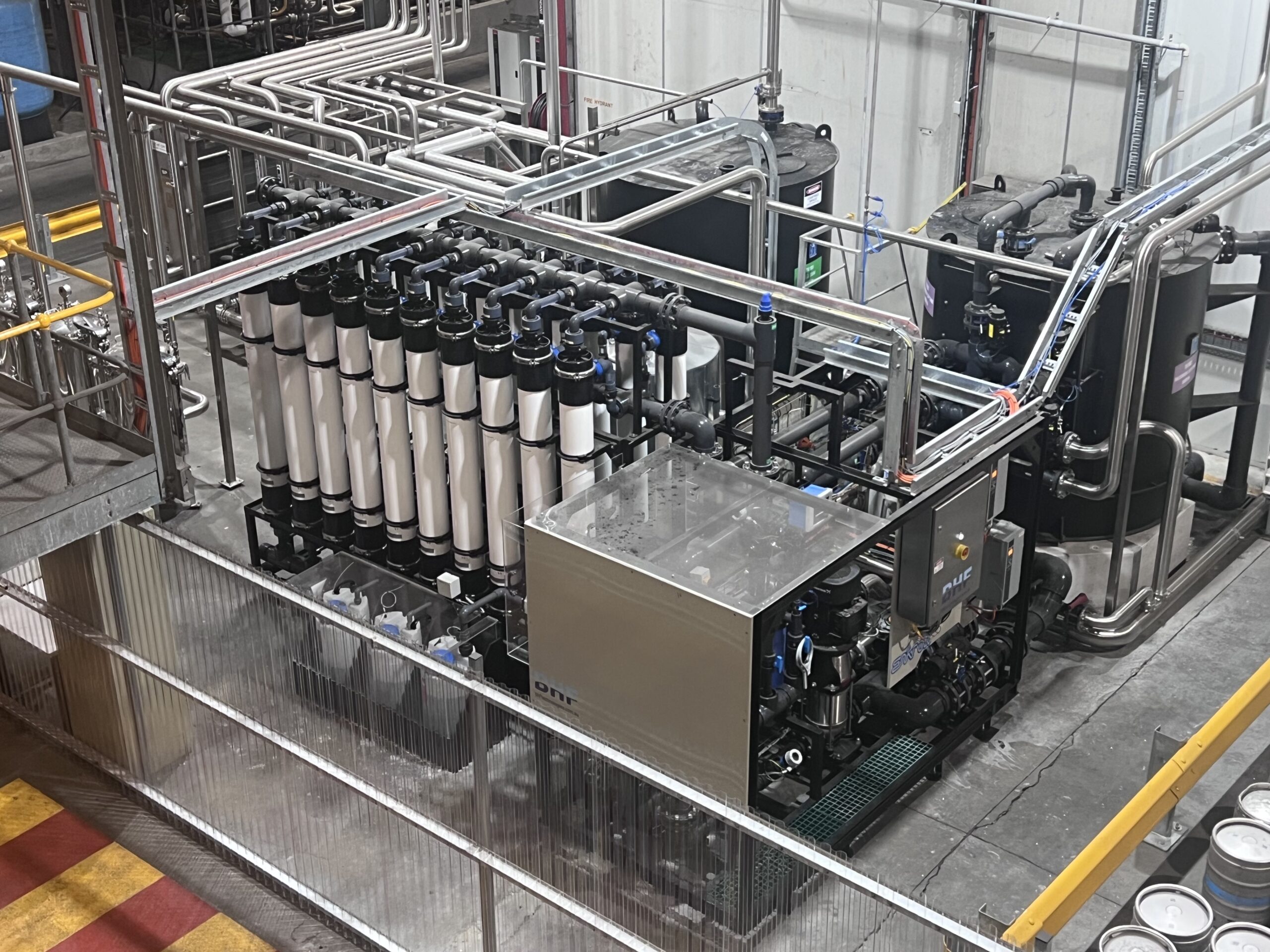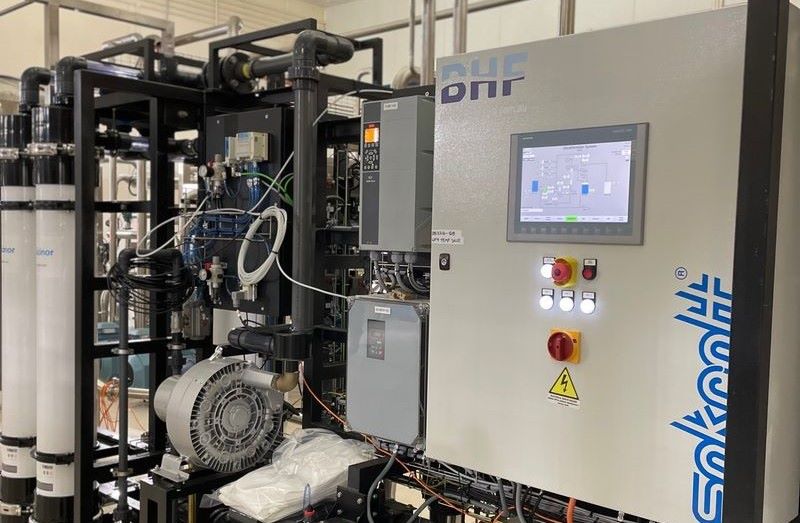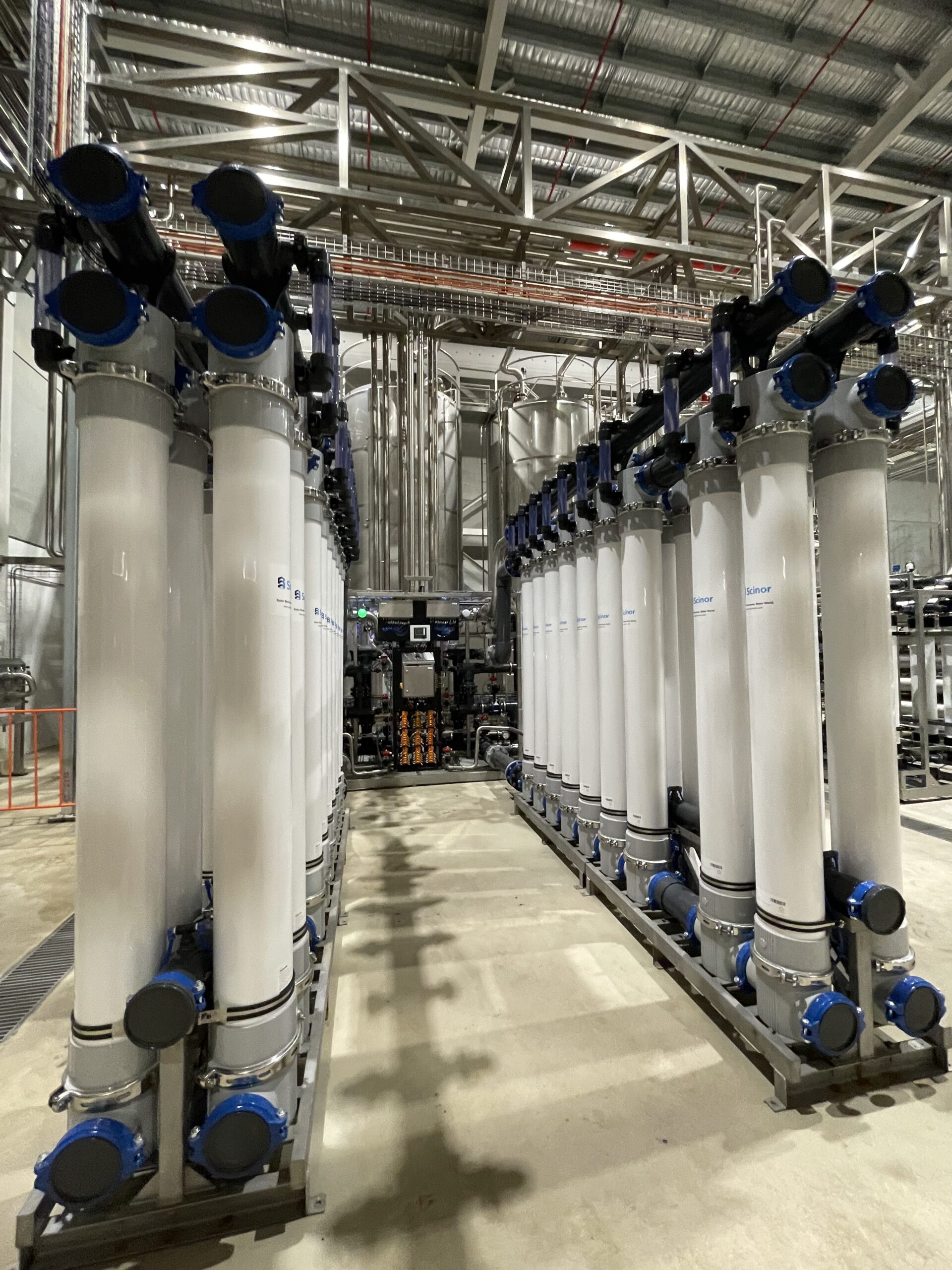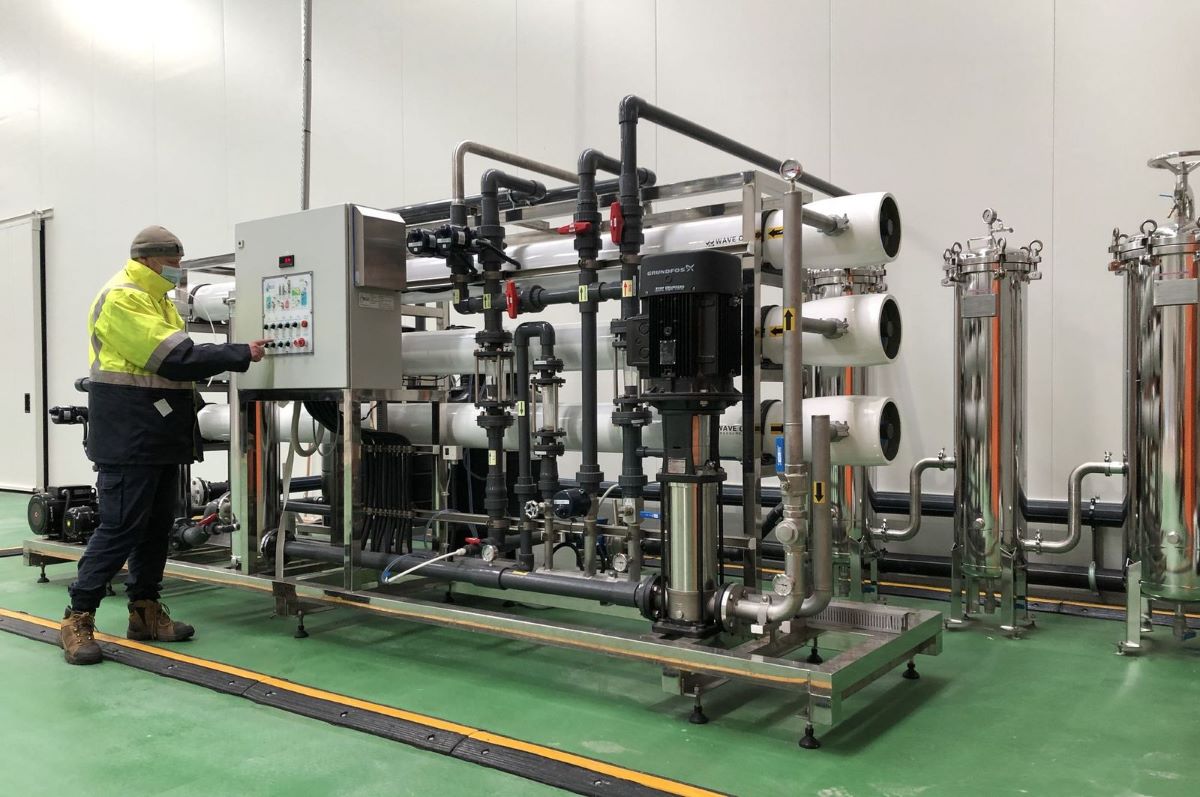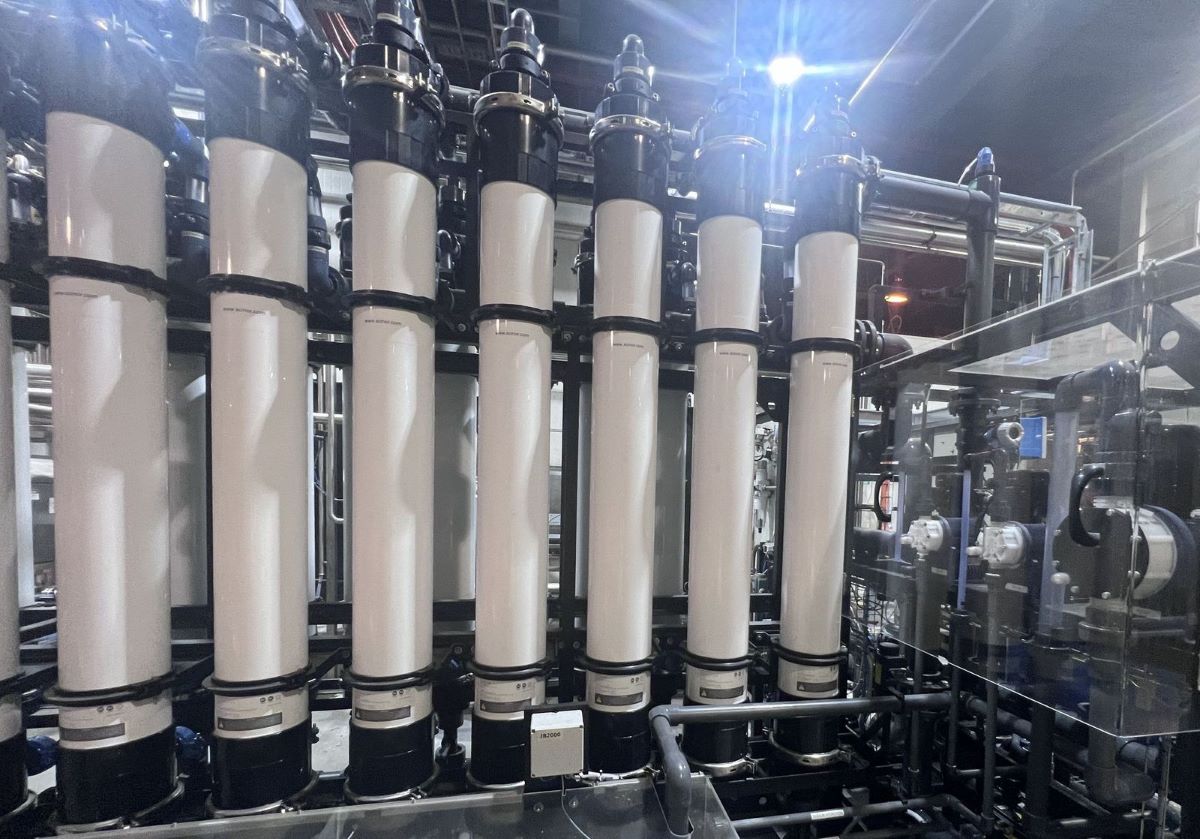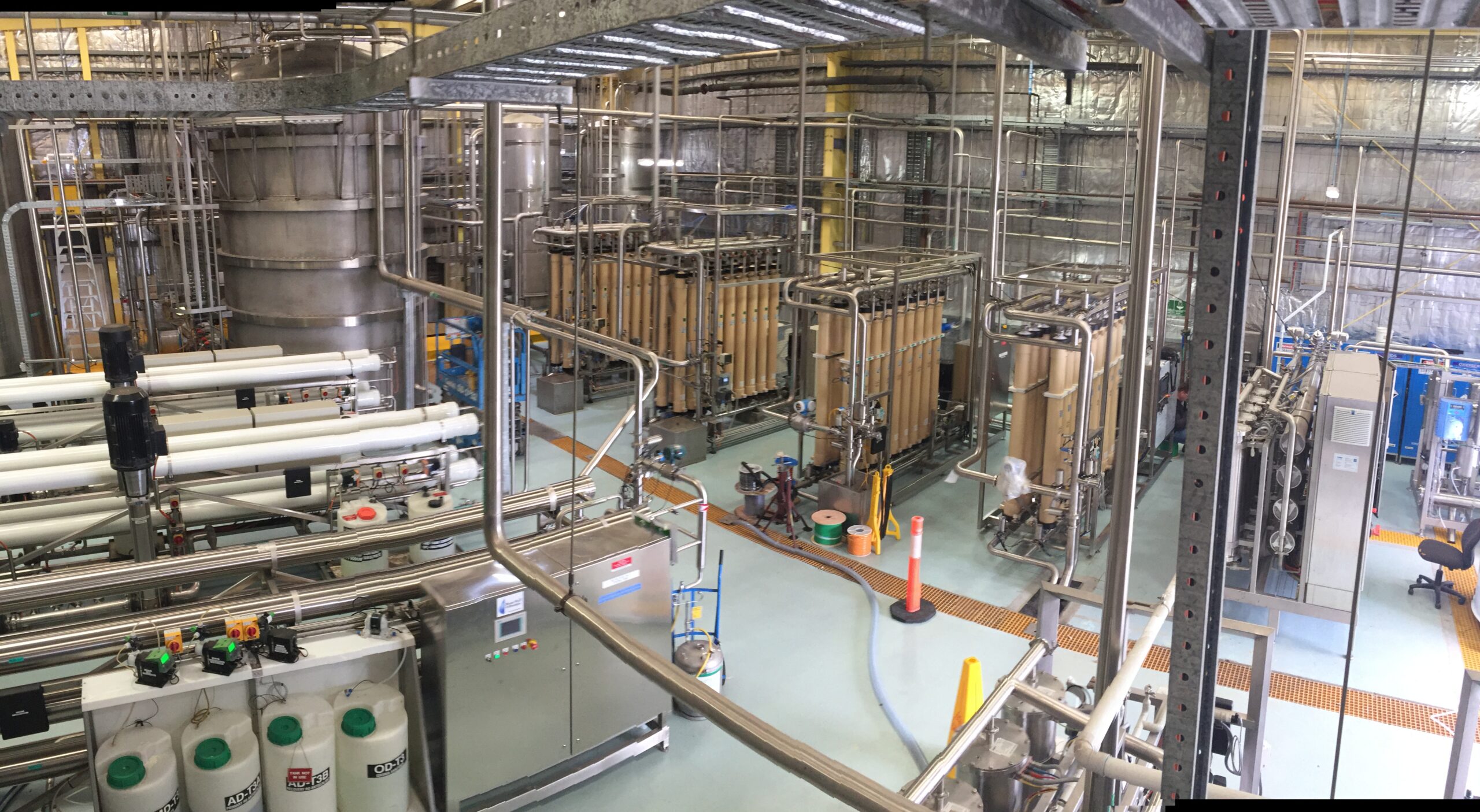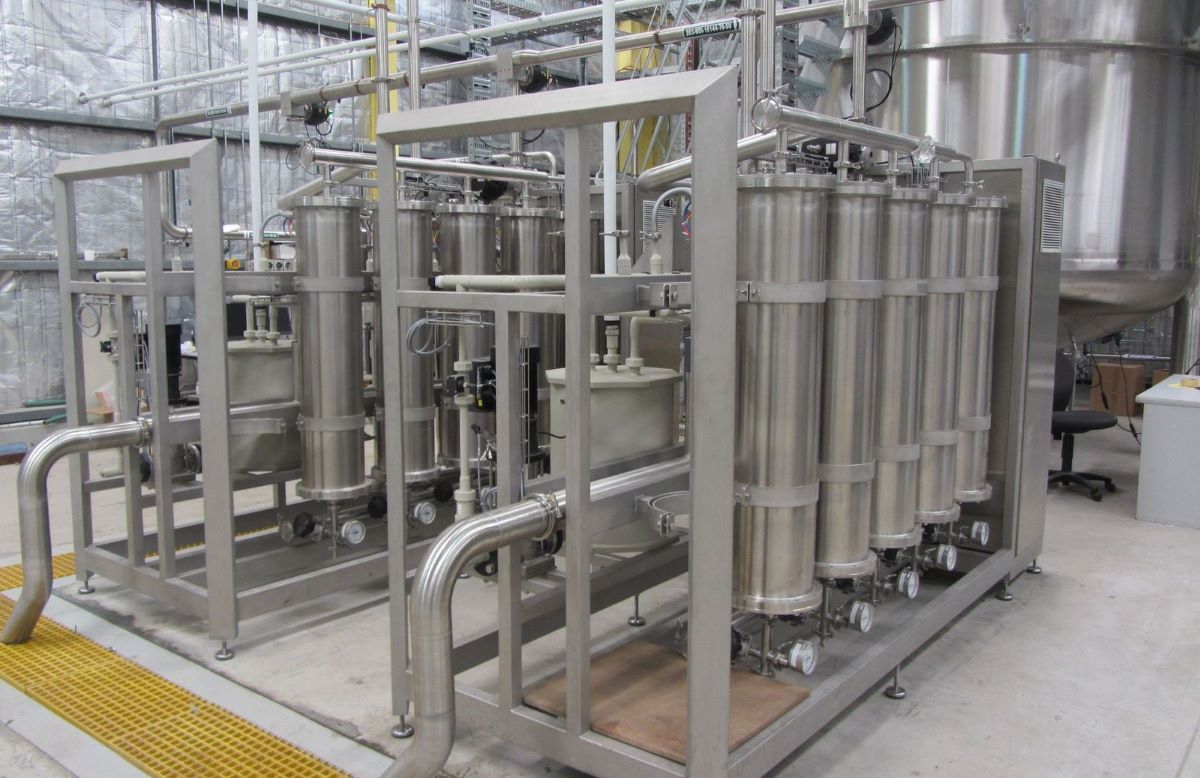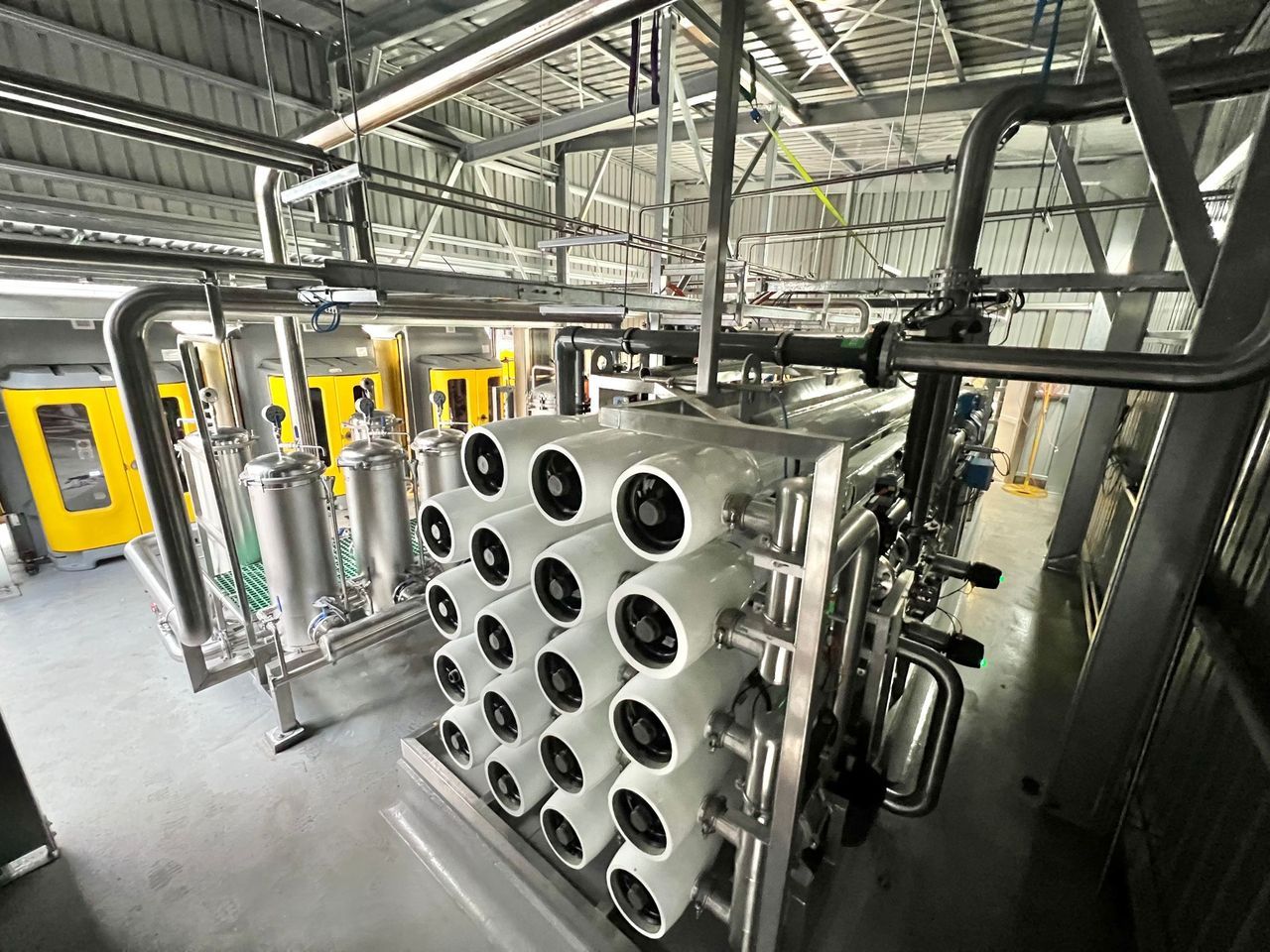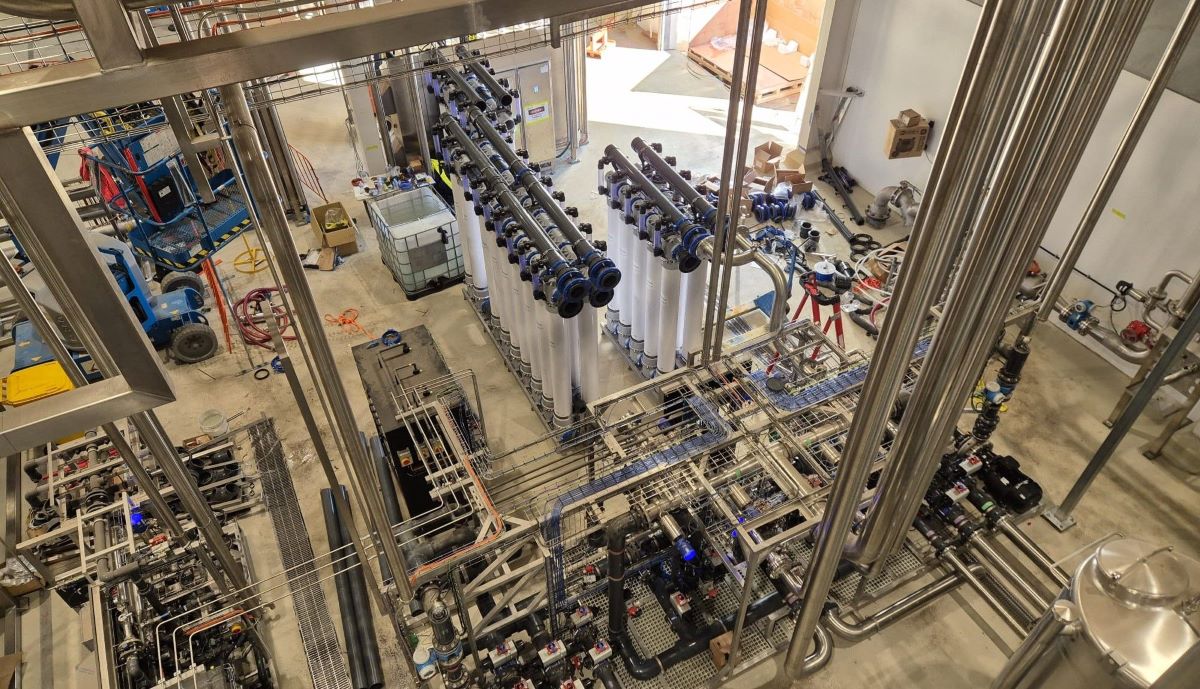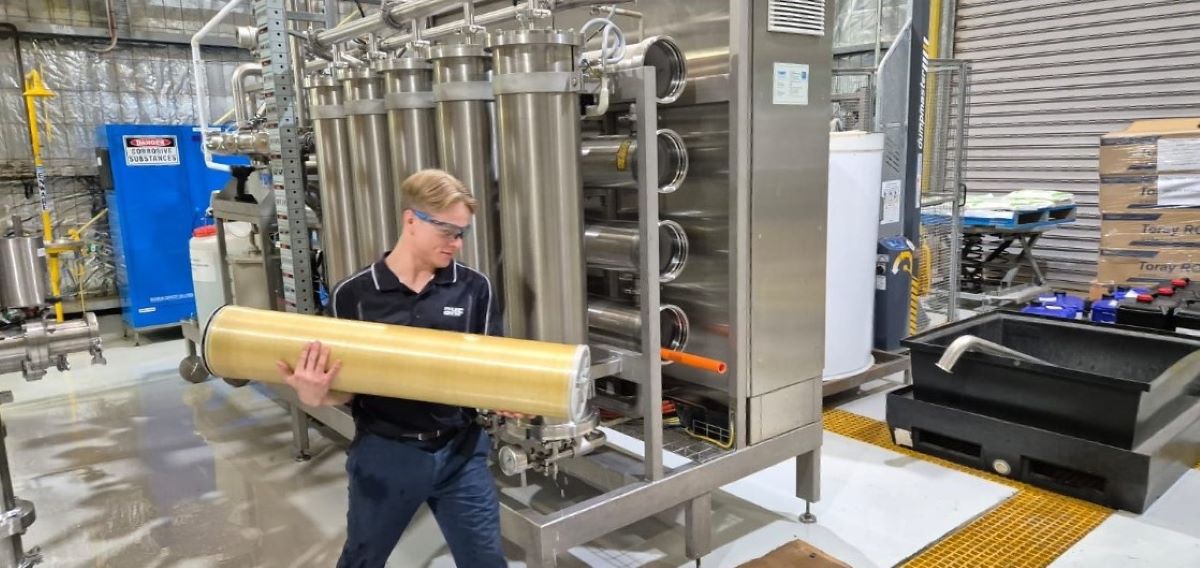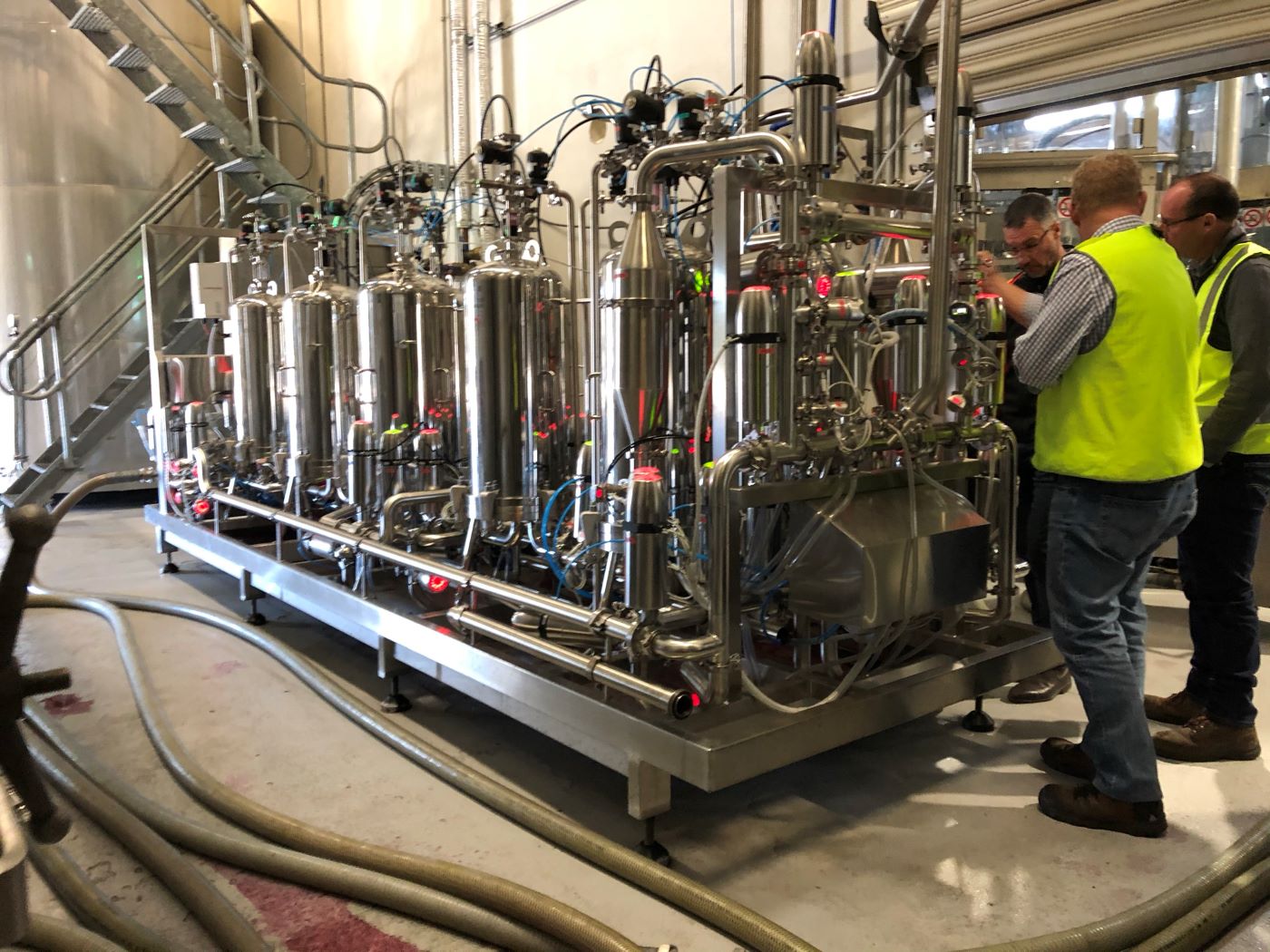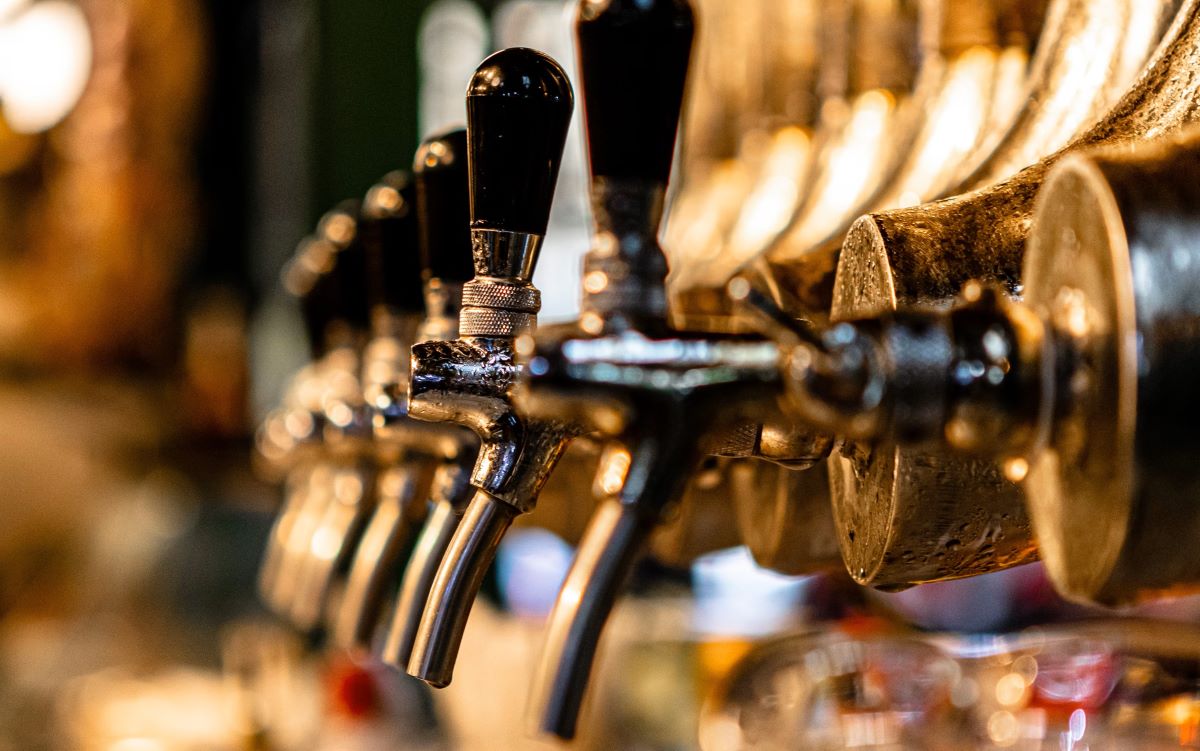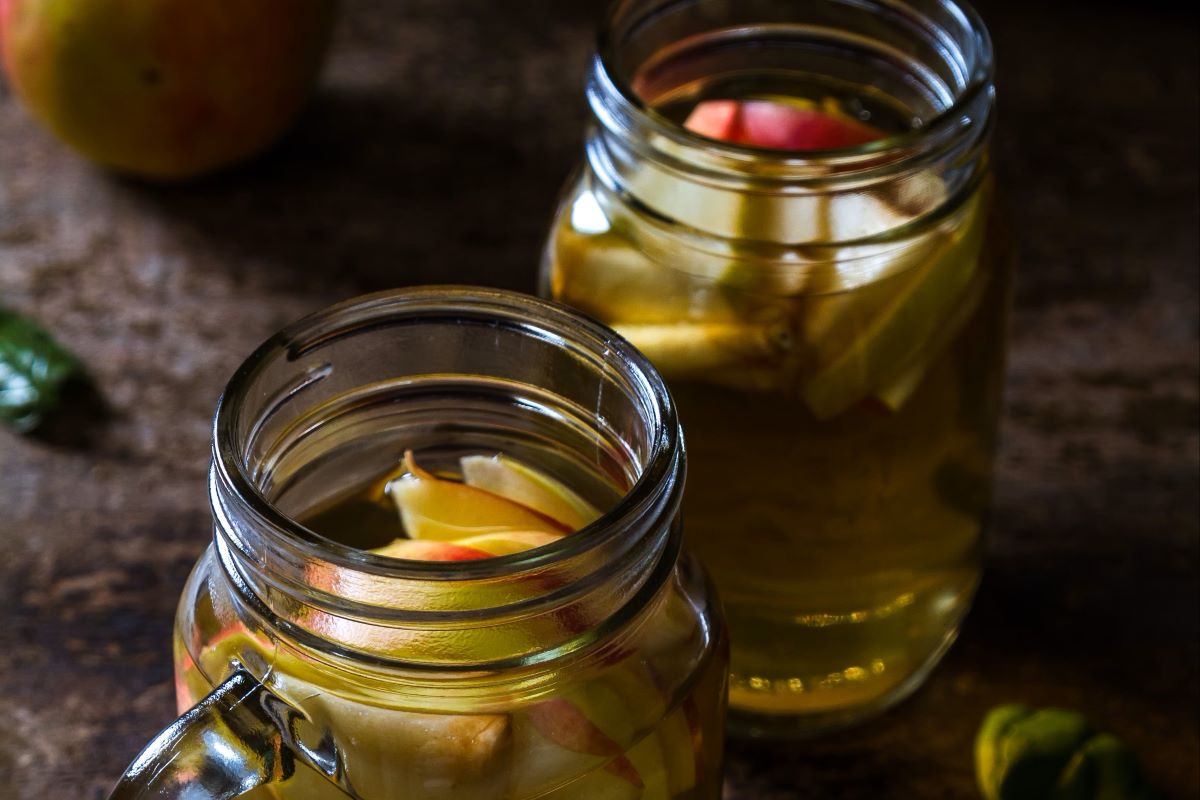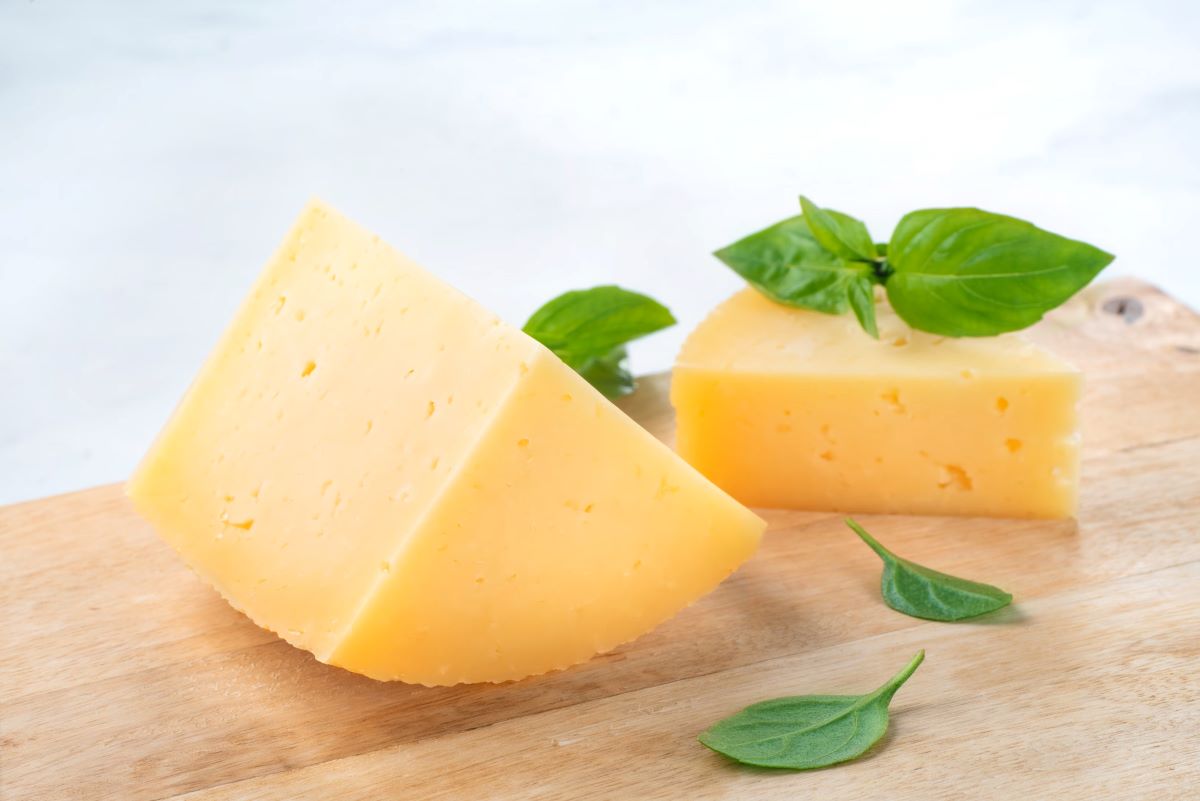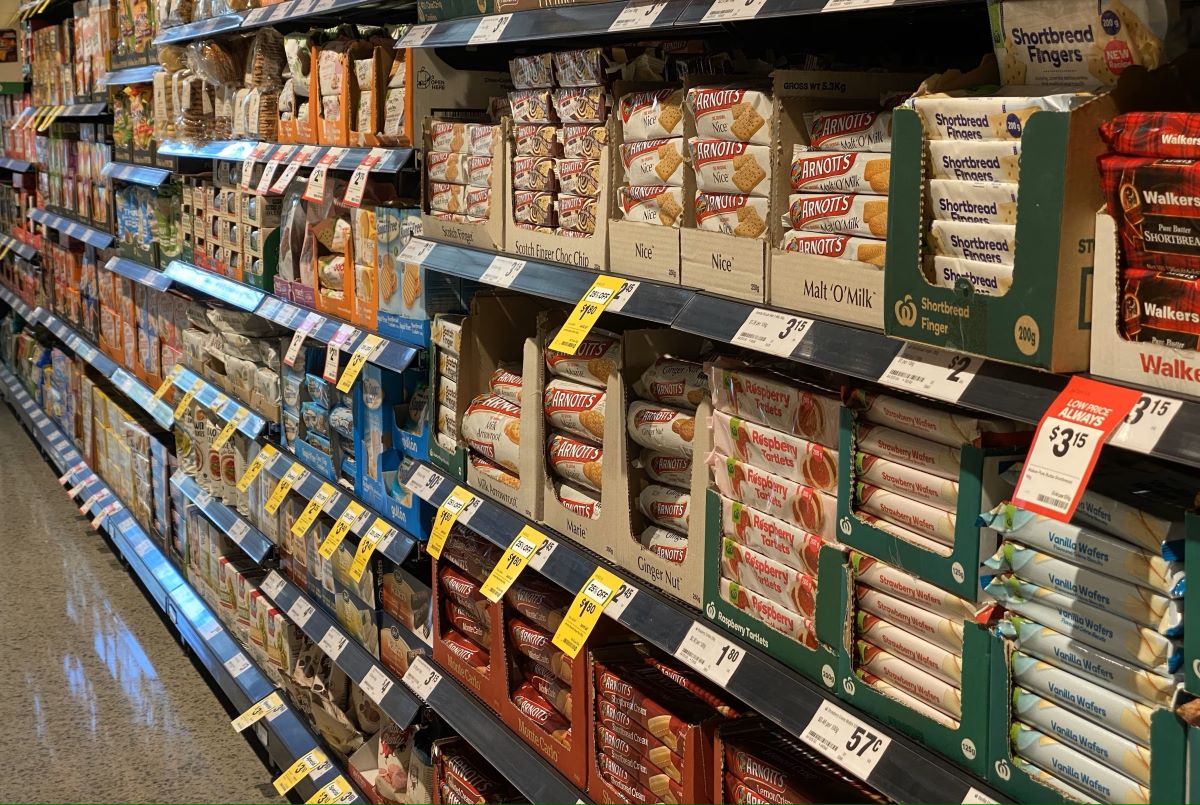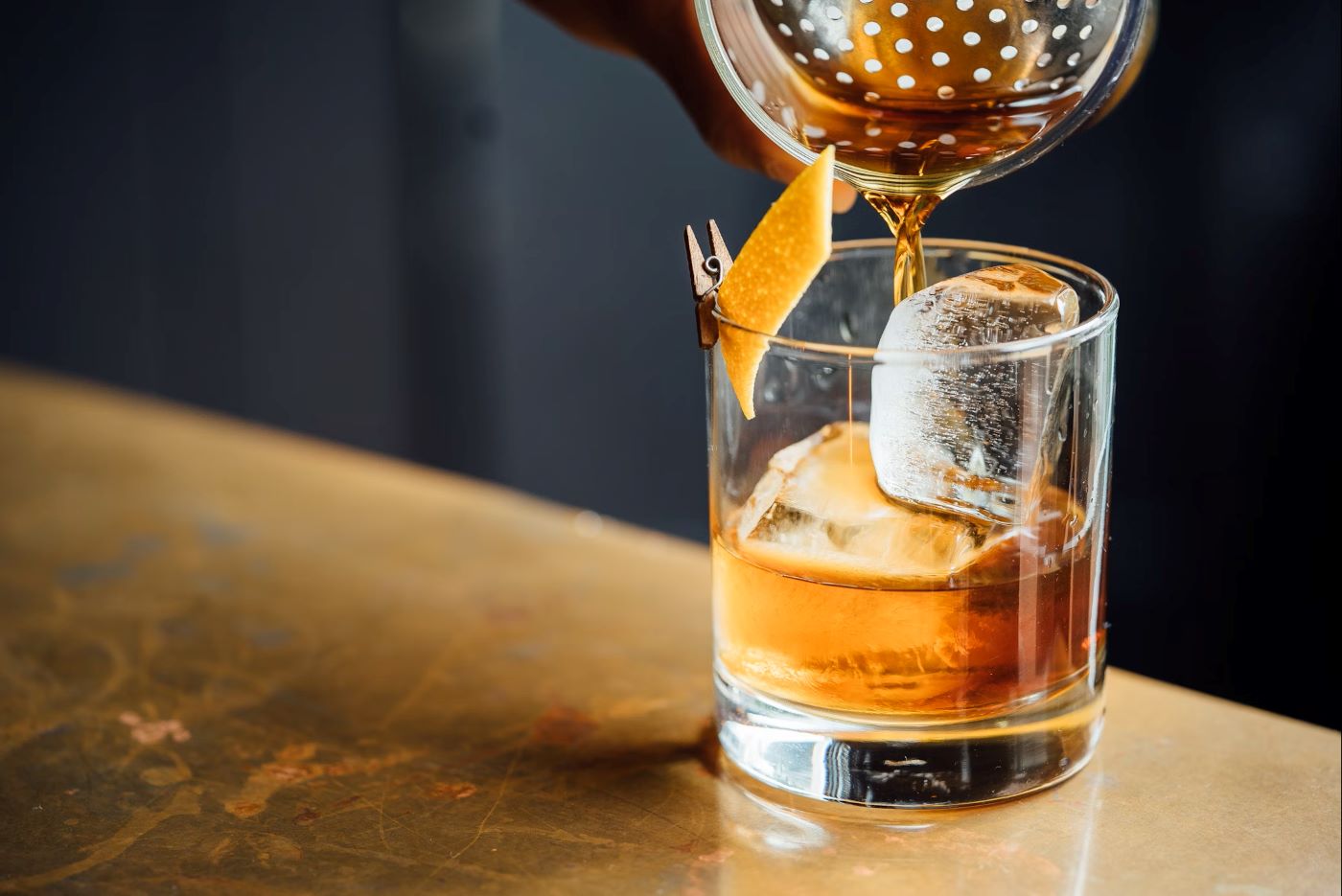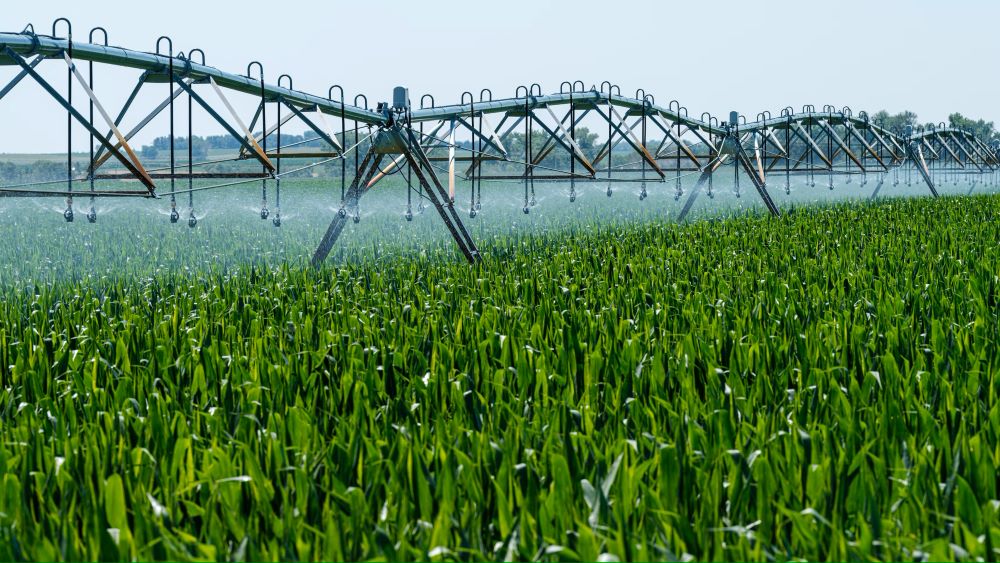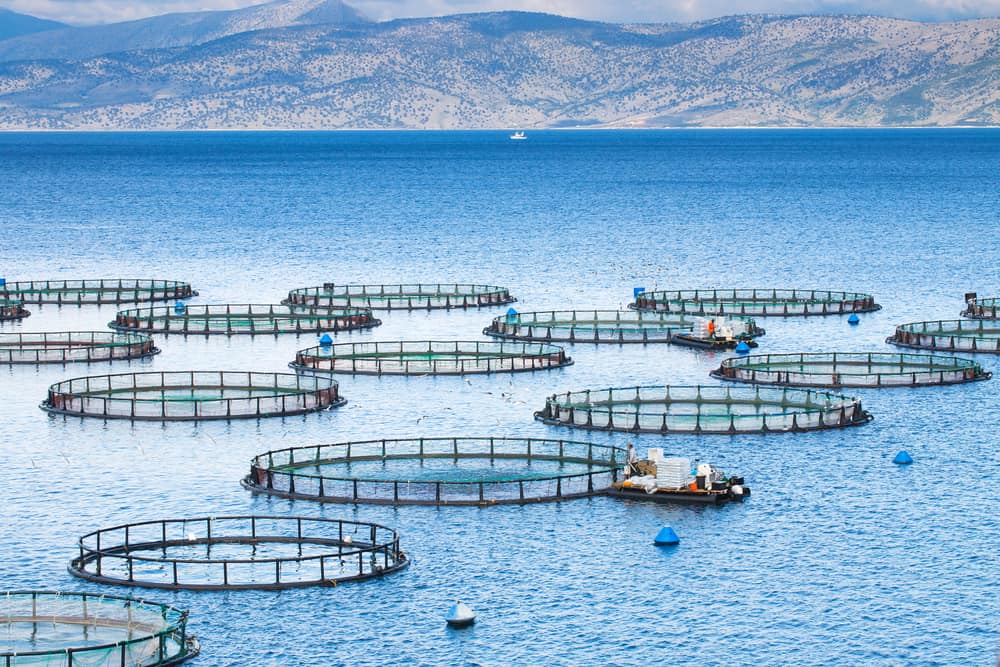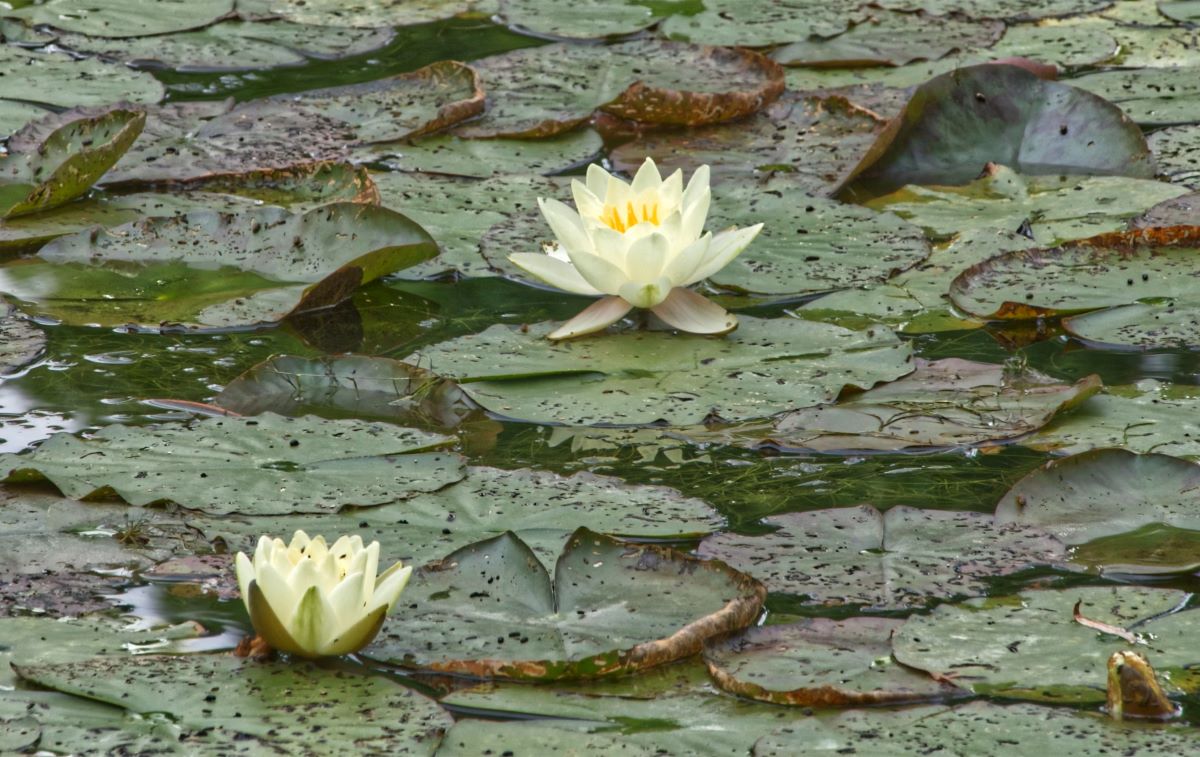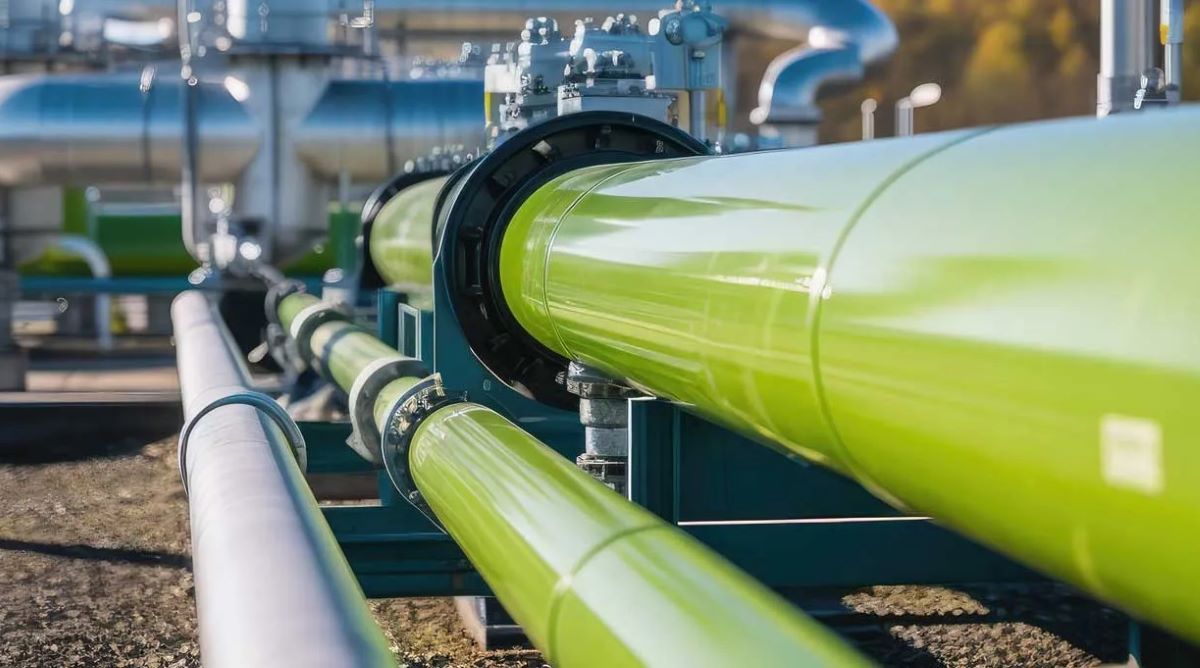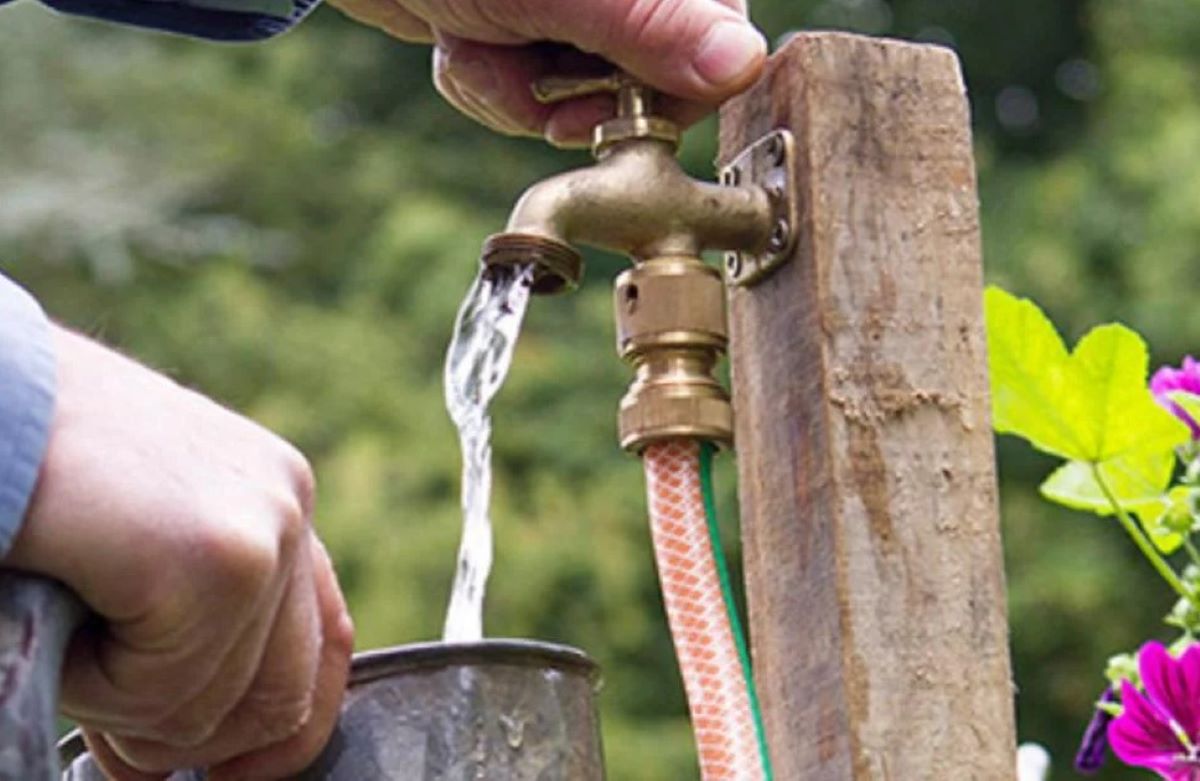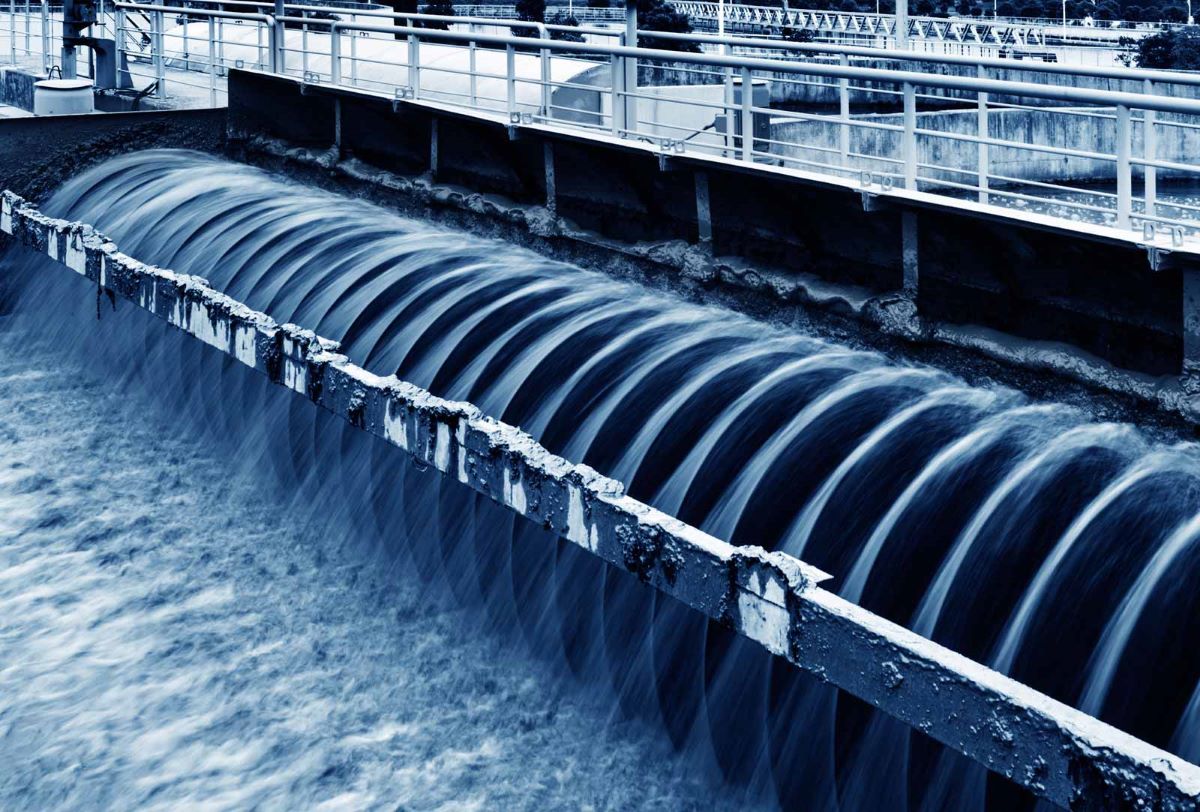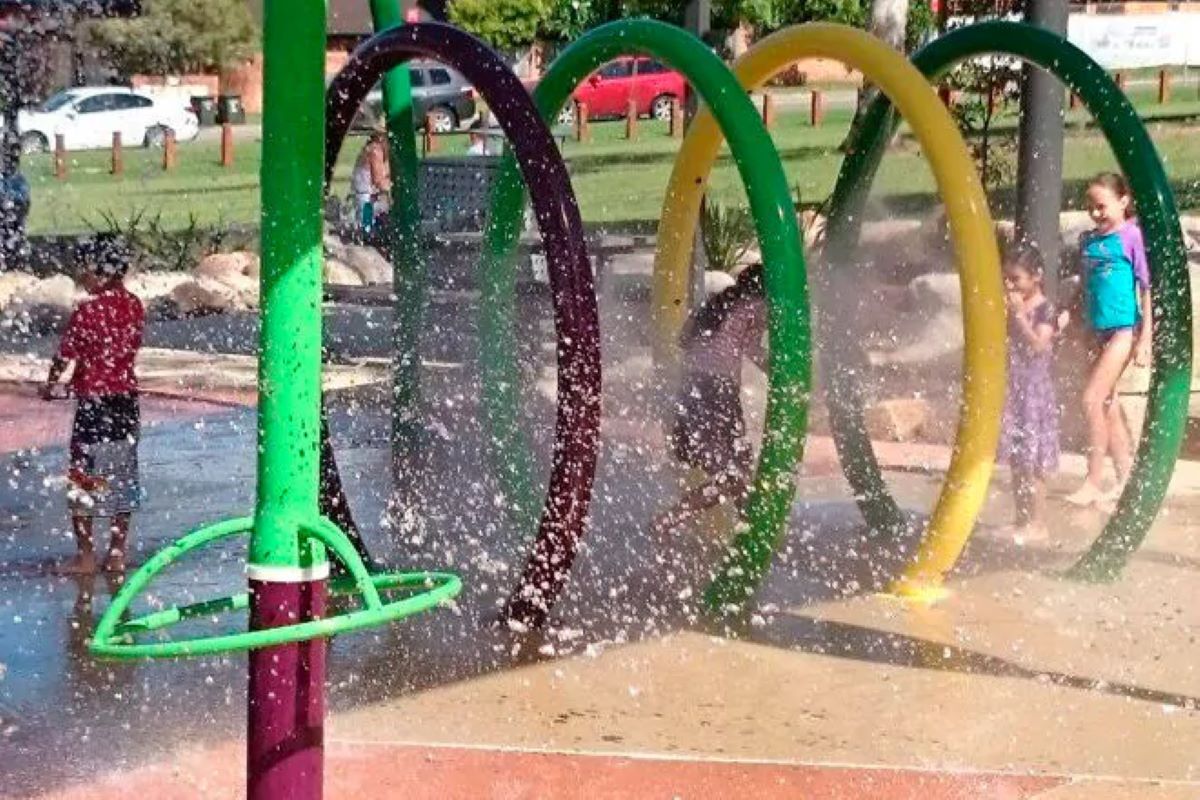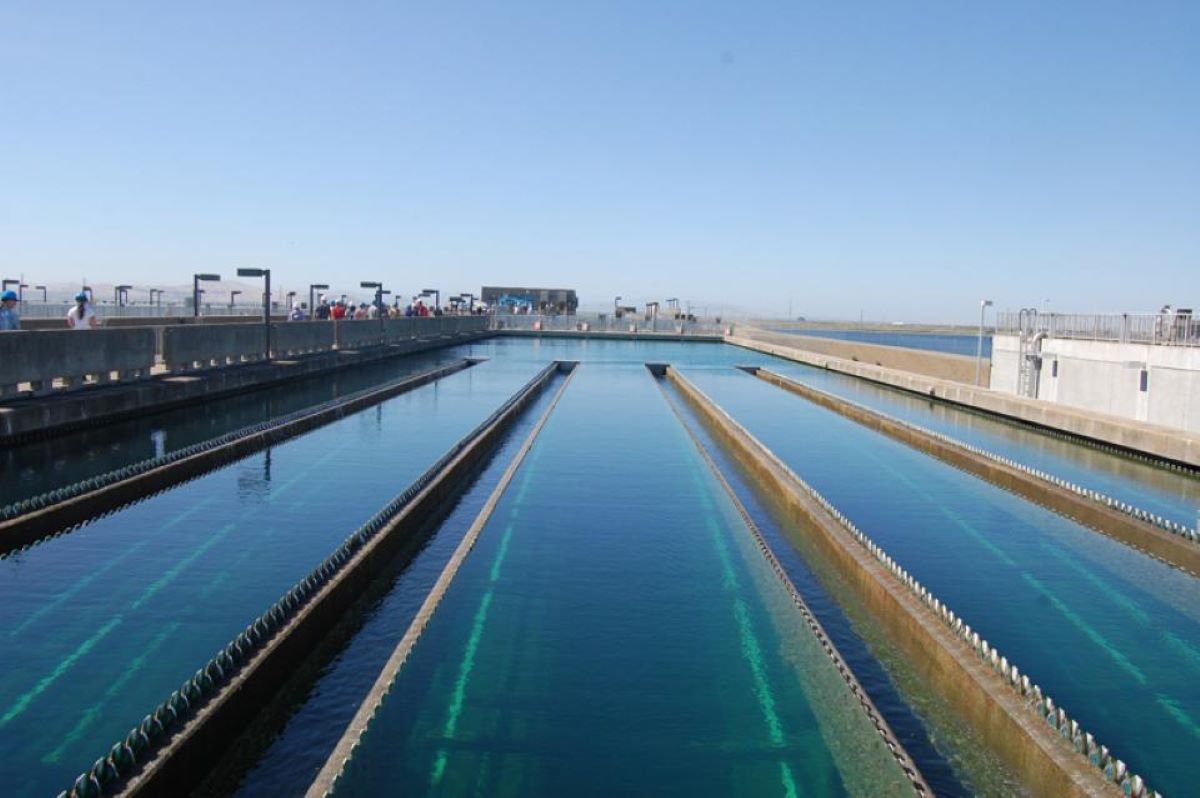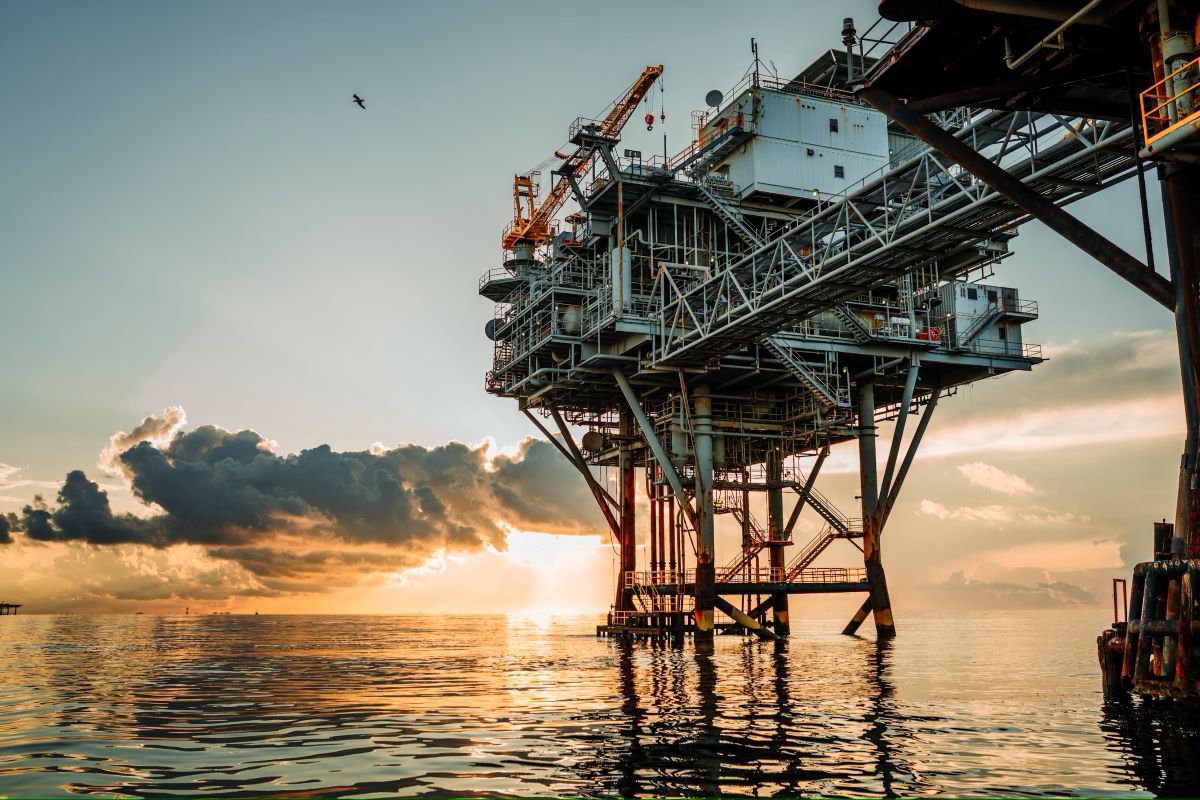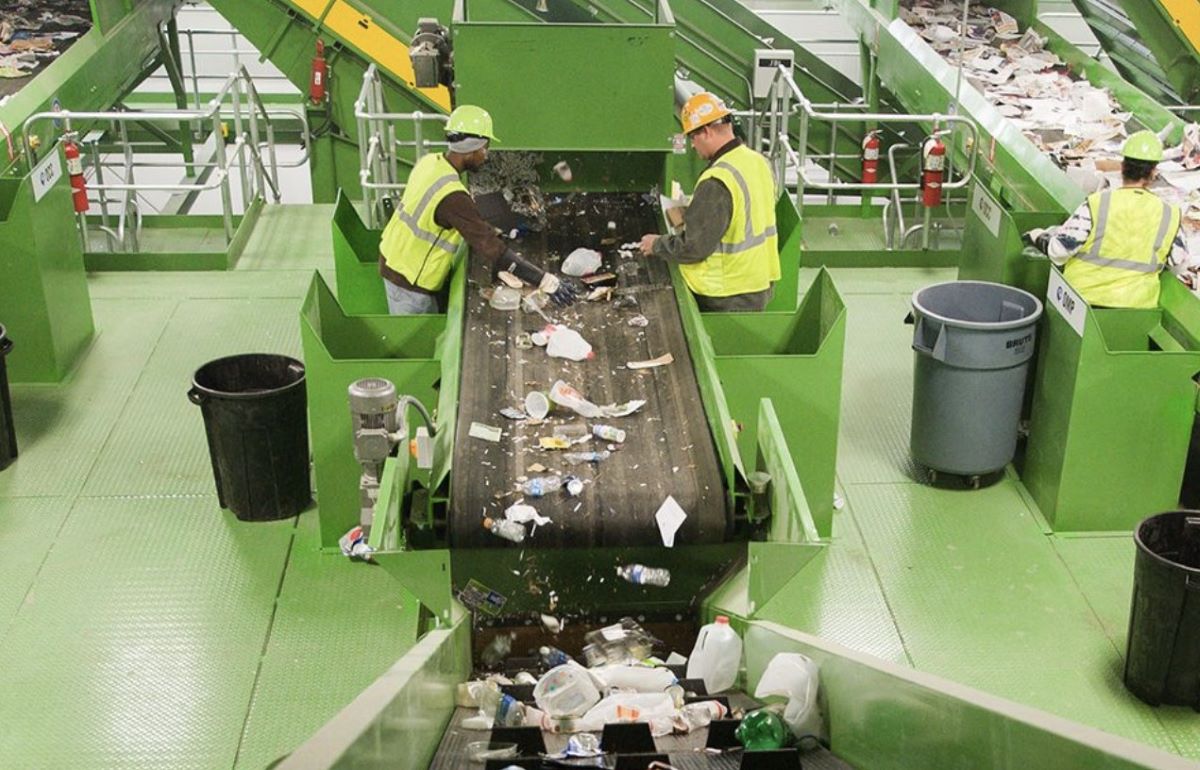Get An Extra 88 Cases From Every 10,000 Litres Of Wine
Many buying considerations these days are based on price. There is nothing wrong with this philosophy providing you are comparing apples with apples.
Independent studies have shown some surprising differences in bentonite performance1. Bentonite has been used for protein stabilising wine for many years. While lower addition rates of sodium bentonite are generally required to achieve protein stability, lees from sodium bentonite are generally much greater and less compact than for calcium bentonite. Because SIHA are able to access high quality sources of bentonite they can offer a 50/50 blend of sodium and calcium bentonite which outperforms the traditional, 100%, sodium bentonite.
Based on a study of Bentonite conducted by the Australian Wine Research Institute (1995), we have constructed a comparison of Bentonite usage between SIHA ACTIV Bentonite (ACTIV Bentonite) and a leading competitor, Volclay (KWK).
According to the AWRI evaluation, addition rates of 3.5 g/L and 1.2 g/L were required, for ACTIV Bentonite and KWK respectively, to stabilise the control white wine (this was a good example of the difference in addition rates for the worst scenario, as in most cases ACTIV Bentonite is used at around double the addition rate of KWK, and in some cases at equal addition rates, as shown in the earlier 1990 evaluation of Bentonites by the AWRI depending on the protein content of the wine).
Contrasting the addition rates mentioned above, it was found that the percentage of lees, after protein stabilising, was 4.5% and 12.5% for ACTIV Bentonite and KWK respectively, a difference of 8% lees.
As an example, when protein stabilising 10,000 litres of white wine2 (based on the addition rates above) 35kg of ACTIV Bentonite and 12kg of KWK would be required, at a cost of $77.003 for ACTIV Bentonite ($2.20/kg) and $7.80 for KWK ($0.65/kg)4. This gives a protein stable wine recovery of 9,550 litres from the ACTIV Bentonite sample compared with 8,750 litres with the KWK sample. This represents an extra 800 litres of wine (over 88 cases) which is easily recovered without the use of a Rotary Drum Vacuum Filter (RDVF) or lees filter.
If you don’t use an RDVF or you don’t have access to contract RDVF facilities, by using ACTIV Bentonite, it is possible, in this example, to recover 800 litres more stabilised wine than with KWK. Even for a low price point wine 800 litres represents a return on investment many times greater than the cost of the SIHA ACTIV.
It is generally accepted throughout the industry that wine that is required to be lees filtered will be of a noticeably poorer quality than those same wines that are not run through a lees filter. At a cost of eight and one half cents per litre in Bentonite, it is often cheaper than the cost of running a RDVF even without consideration to the quality penalty imposed via the process.
Clearly, the cheapest Bentonite option will not necessarily give you the apparent savings that the initial purchase price and addition rates might suggest.
Add to this the ease of use of ACTIV Bentonite, with a maximum preswell time of only 2 hours in cold water (hot water @70°C overnight is not required) that saves time and money with respect to preparation and addition, and the greater selective properties (less stripping), the advantages of using ACTIV Bentonite are clear to cellar hands and accountants alike.
Notes
1. Leske, P.A., Bruer, N.G.C. & Capdebosq, V. (1995) An Evaluation of Some Characteristics of Commercial Bentonites. Aust. NZ Wine Industry J. 10(1)73-77 Morant, I. (1990) Evaluation of bentonites available on the Australian market. Technical Review(67):16-18;31-33
2. Refers to recovery of protein stable wine by racking of wine without need for lees filtration.
3. SIHA ACTIV Bentonite is packed in 25kg bags and prices range from a single bag price with volume pricing offered for larger quantities.
4. Prices based on current industry knowledge.
